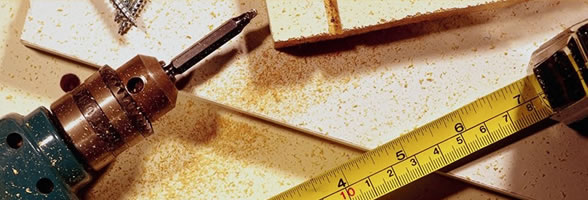
We sell Hand crafted pens and other Colletables
Use and Care
Pen Care Instructions:
- Wood writing instruments are built from many different fine woods. Mother Nature has created the beauty and differences of color and grain. All woods should be treated like fine furniture. Wood pens twist to open, unlike their metal counterparts, which pull to open. Beware of people who do not know this and attempt to open your pen. Some of them do not know when to stop pulling and can pull the fittings out.
- Do not expose your pen to extreme temperatures or moisture. Do not leave your pen in a car.
- All woods tend to darken with age and exposure to sunlight. Some more colorful wood, such as Osage Orange, Padauk and Purpleheart are much more susceptible to UV light. Avoid leaving your pen in direct sunlight when not in use.
- Do not use cleaners or solvents as they may damage the finish. Use a light furniture wax to restore your pens luster. Although you may use any household furniture wax, the best product we have found is Renaissance Wax. Amount the many steps used to finish your pen is the last one, a coat of Renaissance Wax.
- Well made wood pens are assembled with the grain matching between the barrel and the cap. Pens with threaded caps should be turned carefully to assure the threads are correctly aligned. Most threads have three or four starting points. To maintain grain alignment and the appearance of your pen, use the same starting point each time you close it. Once you have closed the cap, if you notice
misalignment of the grain, simply rotate the cap counter clockwise without removing the barrel until you feel the light click of the threads aligning with the next starting point. Retighten and check the grain alignment. Repeat as necessary until the grain is aligned.
- Be careful not to cross-thread by using careful alignment and a light touch.
- To replace a fountain pen cartridge or a rollerball refill, unscrew the nib assembly. Roller ball pens have a small spring in the finial which you should take care not to lose. When you reinstall a rollerball be certain the refill sits on the spring before you tighten the nib assembly.
Fountain Pen Care:
- Holding a fountain pen. When properly held, the fountain pen nib should be upright so you can see the engraving. Both tines at the tip of the pen should contact the paper at the same time. Do not apply pressure when writing, the weight of the pen is sufficient. Your fountain pen will adjust to your style of writing, so do not share your pen with others, especially someone opposite handed from you.
- Using ink cartridges. Press the ink cartridges onto the nib until firmly seated. Gently write on a scrap of paper to begin the ink flow. If the pen does not write it needs to be primed by squeezing the ink cartridge until ink comes out of the tip of the nib. Test and repeat if necessary.
- Using a converter. Twist the end of the converter until the piston head is positioned at the filling end. Press the converter onto the nib. With the nib submersed in the ink, twist the end of the converter back and forth several times to ensure the converter is completely filled. Remove excess ink from the nib with a soft tissue.
- Choosing the right ink. Use only ink designed specifically for fountain pens. India ink and
calligraphy ink can cause permanent damage to the nib.
- Choosing the right paper. Use high quality, non-coated paper. Low quality paper tends to collect on the tip of the nib when writing causing the ink to bleed. When possible, choose quality paper with a high cotton content to get the most out of your fountain pen.
- Storing your Fountain Pen. Always store your pen with the nib in an upright position. This allows the ink to drain from the nib when not in use.
- Cleaning. Fountain pens should be cleaned once a month (or when clogged). Remove the ink cartridge/converter from the nib and flush with tepid water. It may be necessary to let the nib soak for several hours if severely clogged. Blow out excess water before installing the ink cartridge. Dry the nib and feeder with a soft, lint-free cloth. DO NOT use hot water or solvents as this may damage the nib and/or the finish.
